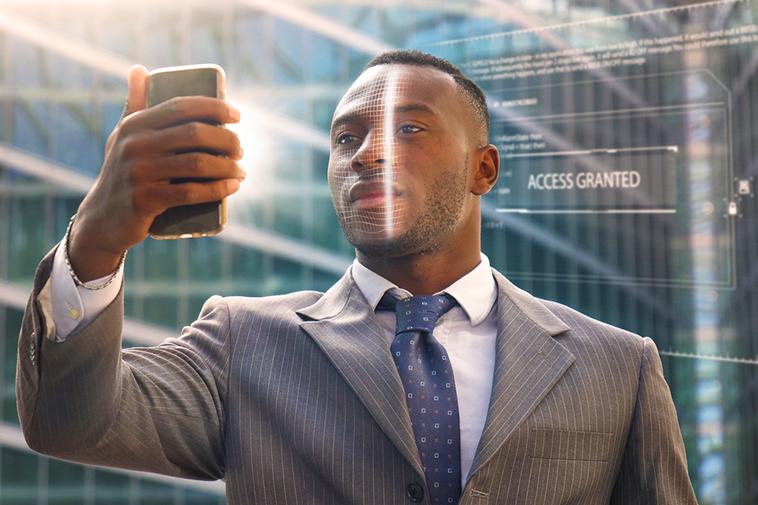Is Facial Recognition Dangerous?

When you upload a group people, all the participants are automatically tagged. How? The technology behind it is facial recognition. Even if it recently gained popularity, it can be tracked back in 1960 when Woodrow Wilson Bledsoe founded the pattern and facial recognition technology. Based on its model, tech companies have improved technology so it can be used in day-to-day activities. Phone providers have integrated this technology in their smartphones to enhance security, so the user can use it together with fingertip sensors to secure their devices.
But, with the latest advancements the technology registered, people cannot stop wondering if facial recognition is dangerous.
Why do people consider facial recognition dangerous?
Data use is crucial for facial recognition to function efficiently. This means that facial recognition databases are rich in facial information harvested from users worldwide. People wonder how companies gather such extensive data. Do they ever ask consent before collecting and storing their information? They probably don’t do it, and here is why facial recognition is seen as a potential danger to the human kind.
Companies are making efforts to improve facial recognition software and to make it trustworthy and accurate. But they need data from multiple sources to perform these upgrades, and many times they gather information from surveillance cameras. But they neglect to ask people if they want to share their data. Despite the benefits tech users have thanks to facial recognition, they are concerned about their privacy. Surveillance cameras capture pictures, compare their face with the data they have stored in their databases from visa and passport applications, and save the information in a system. But they do it without people’s permission and some wonder if for the sake of the benefits they get when they use facial recognition, they should accept this compromise.
Facial recognition is not immune to hackers’ attacks
Facial recognition is characterised as a function that helps companies make devices and services more secure, but the technology falls quite short when hackers attack. Companies store the data, facial recognition uses in the cloud, but the cloud is one of the most vulnerable technologies to cybercriminals. Breaches happen every day in the cloud because cybercriminals have access to the sophisticated technology that allows them to hack even highly-secured technologies.
People have all the right to worry about their security because if one of these criminals gains control over the databases containing their facial information, they can exploit it and even steal it. What if they use the data for illegal purposes? What if they sell it to people with criminal intent? All these possibilities pose security dangers to people and they aren’t ready to accept it until someone can guarantee them, they are safe and sound.
The bottom line is that no technology is 100% secure and accurate, so it’s understandable that facial recognition has some flaws. Consent is important and companies should work to obtain it if they want to boost confidence levels. If they would ask their users’ permission before collecting data, it would reduce the perils of the technology.
